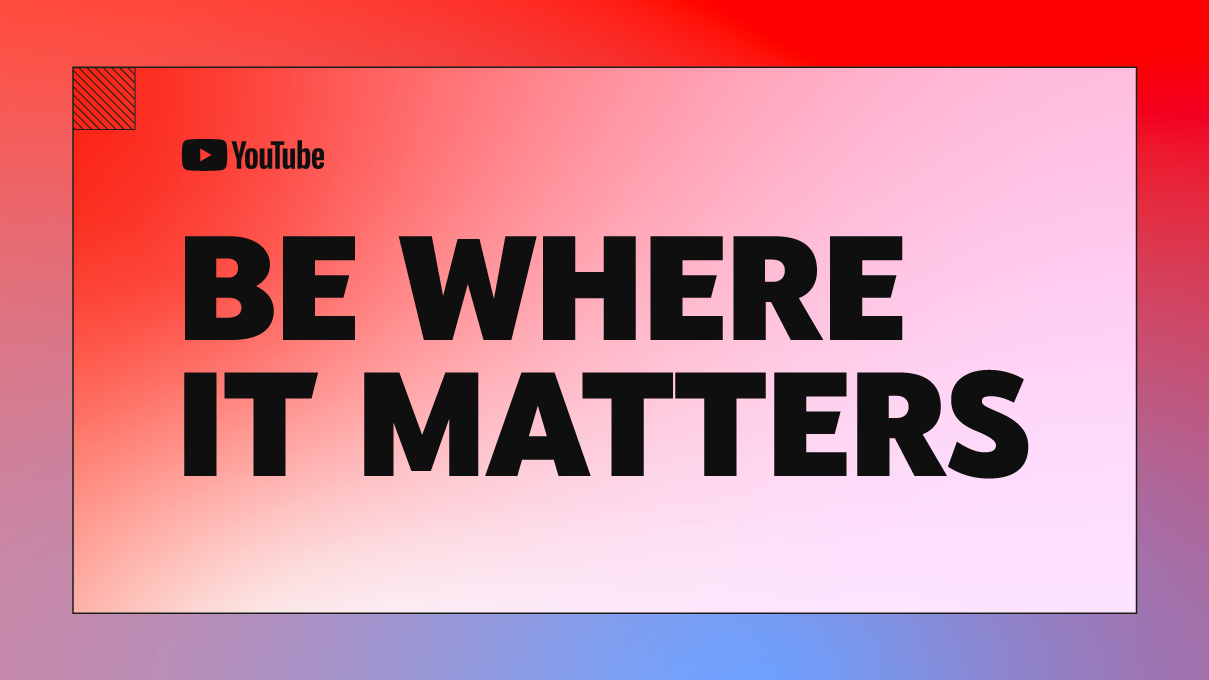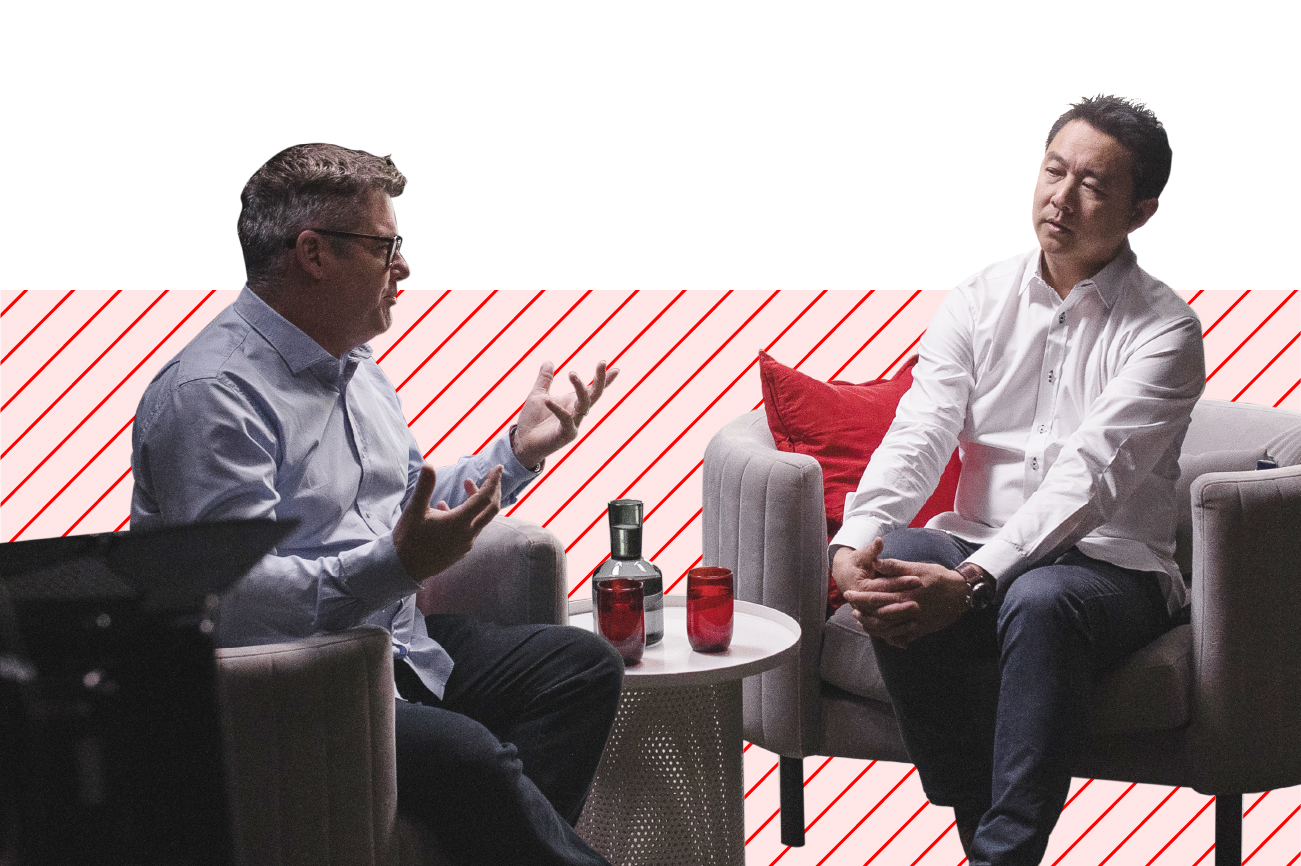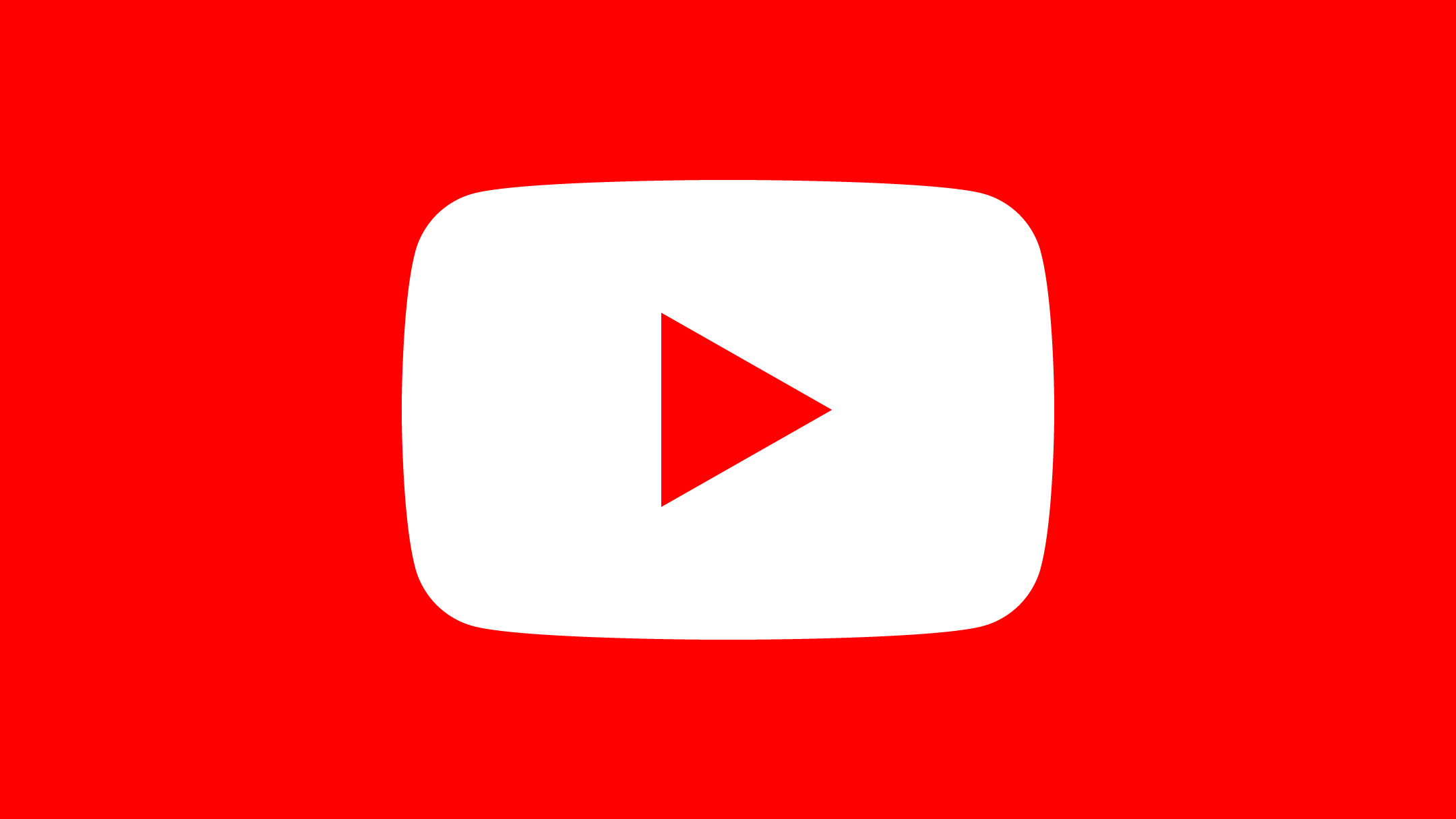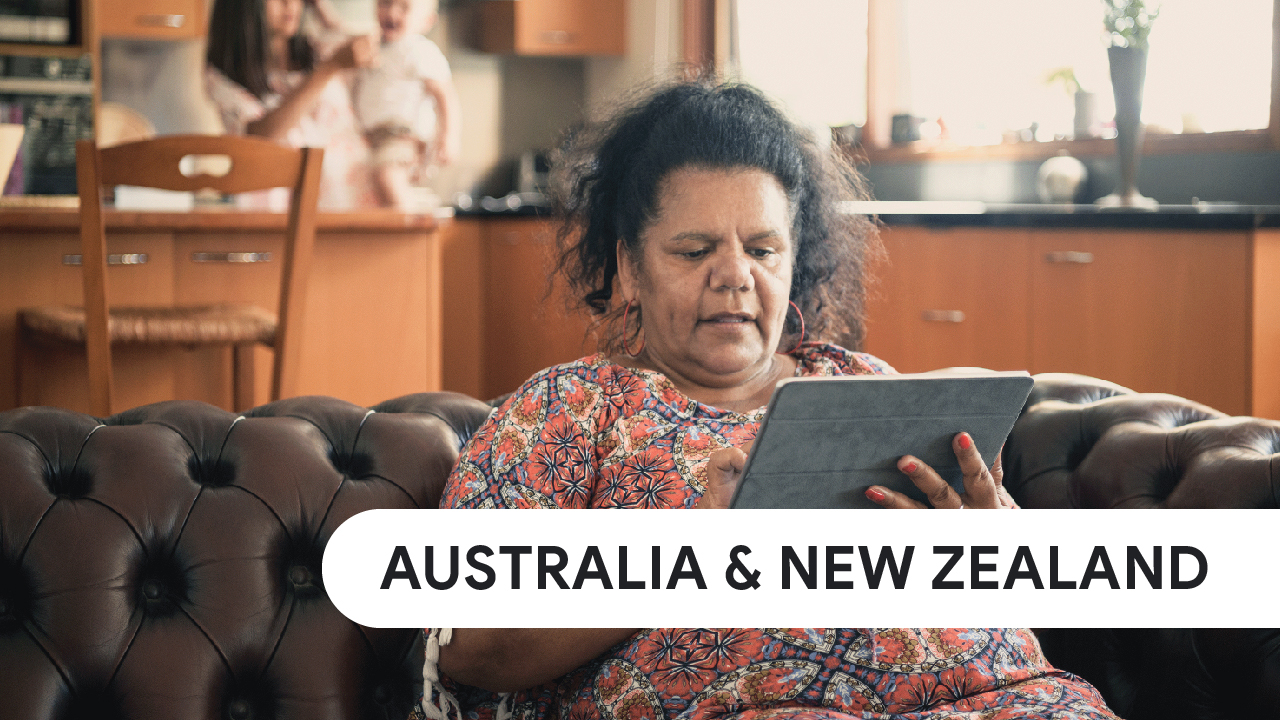Episode 2: YouTube works for Tourism Australia
Host
Guests
Published
May 2023Share this page
Episode 2: YouTube works for Tourism Australia
May 2023Tourism Australia: How YouTube supported Tourism Australia’s ambitious creative idea to reach engaged audiences across devices like Connected TV
With international borders re-opening, Tourism Australia was vying for the attention of restless world travellers ready to get moving. Competing with destinations already welcoming overseas visitors again, Tourism Australia needed to achieve maximum cut-through. Enter their ambitious ‘Come and Say, G’Day!’ campaign – a 9-minute film designed to drive consideration.
In this episode of ‘The Long and The Short of It,’ marketing guru Mark Ritson sits down with Tourism Australia CMO Susan Coghill and the Chief Strategy Officer of their media agency, UM Media, Raj Gupta to understand how they leveraged YouTube to dial up desire for Australia.
Join in on the conversation and watch how Tourism Australia and YouTube held the attention of engaged audiences across devices like Connected TV – and ultimately achieved incredible results in a leaned-in environment.
Mark Ritson: The long, and the short. Performance, and brand. Top of funnel, bottom of funnel. My name is Mark Ritson and this is YouTube Works, ‘The Long and Short of It’.
In this series, we'll look at how three great brands Tourism Australia, CommBank Australia, and Les Mills have followed the audience as the audience moves to YouTube.
In recent years, there really hasn't been a bigger campaign coming out of Australia than the ‘Come and Say G’Day’ work from Tourism Australia. Big campaign, big objectives, big opportunity and a really amazing use of YouTube to tell their story and have a dramatic impact upon the marketplace.
So, I'm delighted that we have Susan from Tourism Australia and Raj from the media agency UM who’s working with Susan, to talk about this astonishing campaign.
So there have been some pretty dark days for the travel industry in recent years. Eventually, thank goodness, we got to the end of that. Tell me a little bit about what was going on at Tourism Australia and how you were thinking about moving forward.
Susan Coghill: It was a moment of heightened competitiveness after two years of reduced travel around the world.
Every single country had woken up to the value of tourism to their economy. So, we knew that when Australia reopened to the world we needed a big idea. We needed something universal, we needed something that was distinctive.
It was a huge moment in time for us. It was the most important brief we'd ever had. We knew we needed to do something completely different, something that you don't see in the tourism category.
Mark Ritson: So you went beyond the category.
Susan Coghill: We went beyond the category. We absolutely had to look beyond to understand how we could engage with consumers.
Mark Ritson: And Raj, as you received the brief, what were the main objectives driving this new campaign?
Raj Gupta: Susan was absolutely clear - we need to win in consideration. And we know that just being on a consideration set isn't good enough because of the barriers of coming to Australia. We need to strengthen that consideration and be actually the brand where people wanted to come.
Mark Ritson: So everything about this campaign was big. We've got a big idea, we've got a big product, it's Australia, a global market, and of course we've got a very big ad. I mean it's 9 minutes long. Was there ever a feeling internally or externally that there was a danger you were being a little... indulgent?
Susan Coghill: Mark, if I can just correct you, actually, it is not a 9-minute ad. It is, in fact, a 9 minute film. It is a wonderful piece of content that is actually rolling out in film festivals around the world. We've just won the Best Animated Short at the L.A. International Film Festival.
Mark Ritson: Okay. Okay. It's a film, not an ad. What other tools did you leverage to give us that sense of bigness?
Susan Coghill: So we did invest in the production up front. We knew that good production values are really incredibly important. We had wonderful talent in Rose Byrne and Will Arnett that gave us a really great PR platform and we made sure that we had the right film distribution partner.
Mark Ritson: Why did you pick YouTube and how did you use it to achieve these objectives?
Susan Coghill: You know, when we started this process, we actually were looking at maybe some of the streaming services to see if they would be the right partner with us. And after, I guess, a lot of research and discussion and looking for a universal partner across many of our key markets around the world, YouTube was the platform that allowed us to reach that high-yielding audience that we were after.
Raj Gupta: I think the second piece in terms of YouTube is actually the reach it allowed us to garner that we couldn't see in those other partners that Susan mentioned when we actually did the analysis.
Susan Coghill: It's no surprise that in destination marketing, moving pictures, video, is an incredibly important component of our storytelling. In the past, that might have meant televisions. But now, going forward, we take a very agnostic lens on what a screens-first strategy looks like. And YouTube and YouTube on Connected TV is an incredibly important part of that strategy.
Raj Gupta: A big part of the strategy was to actually run the trailers on Connected TV, to run them in non-skippable formats, to drive reach and excitement and then switch to TrueView, taking advantage of all the platform opportunities on YouTube to optimise the campaign.
Mark Ritson: More and more, you're discovering that Connected TV is the big screen for YouTube advertising.
Susan Coghill: Yeah, our strategy for launch was about owning the living room. For our target audience, viewership of YouTube on Connected TV is incredibly high.
We were able to get the campaign in front of consumers. We were able to promote the short film. We were able to run the trailer and really connect with consumers in that environment that is, you know, a lean-in environment where people are really engaging with the content that they're watching in their homes on that screen.
Mark Ritson: We keep talking about this 9- minute film and obviously you had a 60-second ad. What were the other formats that you were using via YouTube?
Susan Coghill: Yeah, so we created bespoke executions. So speaking to people who might travel for food and wine, or for people who may travel for you know amazing beaches or wildlife is a key driver. So we created bespoke executions to make sure that we're landing each of those points. And that's run at great length across the YouTube network.
Mark Ritson: So Raj that all sounds great, but what do the numbers tell us? How did the campaign actually perform?
Raj Gupta: At the end of the day, Mark, we're talking about entertainment here. The numbers bear out that this was entertaining. We know that we've reached 32 million unique viewers - and that doesn't even include co-viewing. We know that, on average, they've been watching over 4 minutes of our content.
Mark Ritson: That's just on its own, one of the most insane stats I've ever heard. 4 minutes average view time of an ad is insane.
Raj Gupta: And we know that it is 95% viewable, with TV screens contributing 30% of total watch time.
Mark Ritson: And Raj, there's a sense that YouTube really did deliver on that capability to entertain and inform.
Raj Gupta: And hold attention. It's not just about grabbing attention, it's about holding it. And the world goes to YouTube to be entertained. We're already seeing great results: a +4% relative uplift in consideration for high-value US travellers - and this is driving real business results.
Mark Ritson: Obviously Raj, people don't see your wonderful ad and then jump on a plane. So what is the uplift study telling you? What have you already done to your funnel that suggests not just attention but actual impact on the market?
Raj Gupta: It's not just the consideration improved, it's consideration for those people who've seen this ad on YouTube absolutely improved. And I think the other metric that we saw and have started to see is the intent metrics. People starting to actually increase the amount of interactions they're having with our partners, the amount of share of search that we're looking at, in terms of interest in Australia. So it's not just the attitudinal metrics.
Mark Ritson: It’s flowing down.
Raj Gupta: Yes, and I think the next critical part is then the business metrics. The business metrics back to Australia, and that's the long term in terms of what we're trying to drive.
Mark Ritson: So, what can we look forward to? What's the big thing next year that we'll see from Tourism Australia?
Susan Coghill: So we want to make sure that we're going to make as much use as possible, get as much mileage as possible out of this incredible campaign that we've developed and that is testing so well. But, secondly, and really importantly is we are going to remain committed to our screens-first strategy.
YouTube, YouTube on Connected TV, will continue to be a really important part of that for two key reasons. One is it's got the audience reach, but more importantly, we're reaching that audience in that leaned-in, you know, lean forward environment where they are much more engaged with the content.
Mark Ritson: It's an interesting answer and a good one, I think, that you aren’t going to be changing too much because so often, as you know, we find marketing managers are moving far too quickly and much faster than the market that they're meant to target.
So, Susan, Raj, thanks for coming and thanks for sharing the amazing story of this incredible campaign.
Susan Coghill: Thank you, Mark.
Raj Gupta: Thank you.
Others are viewing
Marketers who view this are also viewing
-
Article
![]() Article
ArticleHow people decide what to buy lies in the ‘messy middle’ of the purchase journey
-
Article
![]() Article
ArticleBe where it matters: why Australian and New Zealand audiences are on YouTube
-
Article
![]() Article
ArticleThe Messy Middle: How behavioural science can help you avoid a pricing race to the bottom
-
Article
![]() Article
Article3 ways you can work smarter, not harder, and drive results with AI in marketing
-
Video
![]() Video
Video“The Long and The Short Of It” with Mark Ritson: Episode 1, Menulog CMO Simon Cheng
Watch now -
Product Information
![]() Product Information
Product InformationBrand Lift
-
Article
![]() Article
ArticleYour most pressing privacy questions answered by Google experts
-
Report
![]() Report
ReportYear in Search 2022: Australia & New Zealand








